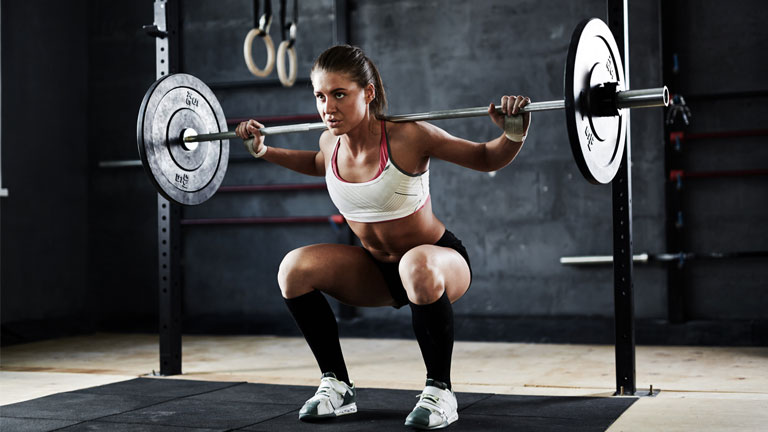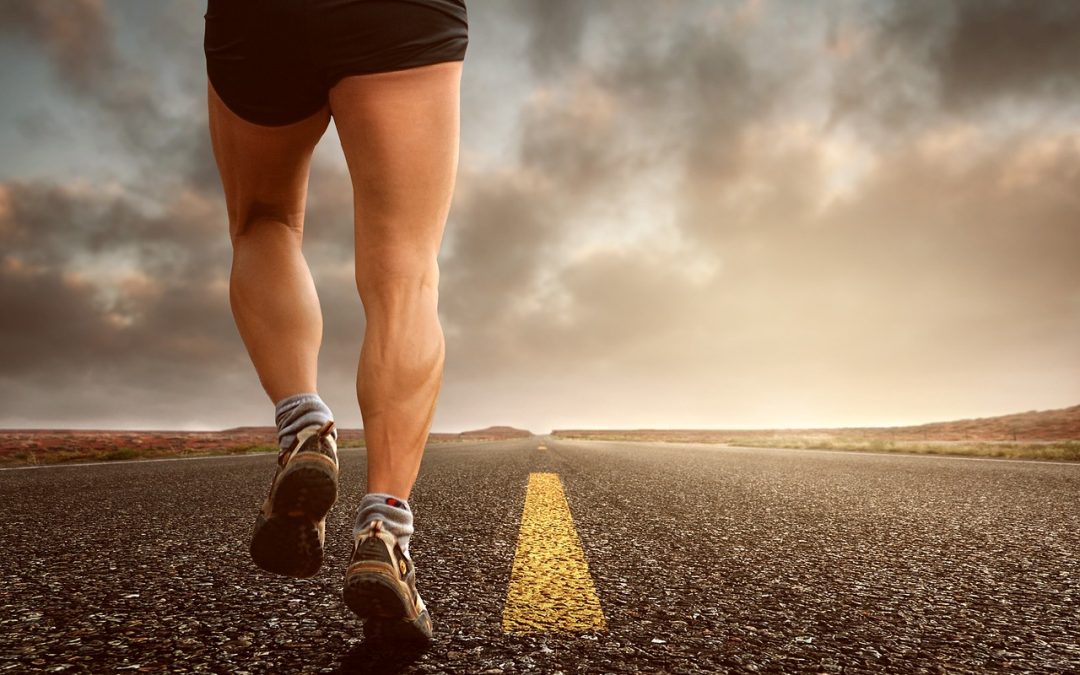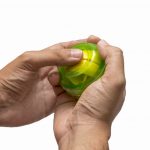Shoes are not cheap pieces of gear. If you can find a solid pair of sneakers on sale for less than $100 dollars, you’re having a great day.
At the same time, shoes are important: your body relies on them to carry your weight – and then some if you lift.
It makes sense then that you want to research weightlifting shoes before making a final purchase. You’re smart and you want to get your money’s worth. We get it.
Here’s what every lifter should understand about choosing the right pair of shoes.
Comparison Table
The Importance Of Choosing The Right Weightlifting Shoes

Although you might be familiar with Olympic lifting shoes, proper footwear can benefit anyone who lifts any kind of weight: powerlifting, CrossFit, or whatever you get into.
Not only can weightlifting shoes possibly help you lift more and bring you closer to your fitness goals, but they’re also important for keeping your bones and joints safe as you add such intense weight to your body.
It’s always important to wear proper shoes if you’re lifting weight on a regular basis – just think of how much stress weightlifting adds to your knees and hips.
Here are a few ways wearing proper footwear can help:
Plus, wearing the right clothing for any activity can improve your confidence, mental state, and even physical performance.
Can’t I Just Wear Running Shoes?
Well, you technically can but you really shouldn’t.
Running shoes are designed to absorb shock from impact but weightlifting is a completely different activity.
After you browse the list below, you’ll understand that running shoes are nothing like weightlifting shoes. Shoes for running are extremely light so they won’t drag your feet down. Lifting shoes, on the other hand, are designed to wear while during limited mobility activities.
Lifting shoes are heavy because they have a large base for stability. Running shoes aren’t and don’t.
If you decide to wear running shoes for weightlifting and vice versa, you’ll find yourself needing to replace your shoes a lot more often. Whereas if you just buy separate shoes for different activities from the get-go, you can pull as much life out of the shoes as possible.
Yes, buying two pair of shoes will cost a little more, but your body will thank you and it will definitely pay off financially in the long run.
The Anatomy Of Weightlifting Shoes

A lot goes into the design of a weightlifting shoe. As you know by now, it has an important job to do.
Let’s take a look at the different features you should expect in any pair of lifting shoes:
Elevation
Weightlifting shoes are designed with different elevations ranging from just .3 inches up to an inch. The elevated heel keeps you on your toes (sorry, we couldn’t resist the pun) which improves your form.
Not sure what you need? Start with something mid-range. The ideal height of your heel depends on your particular workout routine and anthropometrics. Sorry to say but it might take some trial and error to find the type of weightlifting shoe that fits you best.
Lacing System
Shoes for weightlifting have different lacing and strap systems to keep your feet secure while you’re doing what you do best. You have a few options here: some shoes have laces covered by one or two straps while others have a BOA lacing system. Each option provides security in different parts of your foot.
Heel Material
There are a few different types of material you might find in any pair of weightlifting shoes. Many shoes are still made with stacked leather or wooden platforms. You can often tell these shoes apart because they have an old-school vibe and they’re pretty heavy.
Shoes might also contain modern synthetic materials like ethylene vinyl acetate (EVA) or thermoplastic polyurethane (TPU). EVA and TPU really changed the game because they’re much lighter and often much more durable. If you’re into CrossFit, you might want an EVA or TPU heel.
How We Chose Our Ratings
Once you start browsing you’ll realize that there are quite a few different types of weightlifting shoes available.
Are some just plain better than others? Probably. But every lifter is different: what works for you won’t work great for your friend. We took a few different factors into consideration while putting this list together.
- 1Design: Some shoes come with patented design technology to hug your foot, prolong product lifespan, and increase performance. When you buy a pair of lifting shoes, this is really what you’re paying for: the thought behind the design. And yes, it’s usually worth it.
- 2Performance: Do the shoes provide stability? This is a must for all weightlifting shoes because they need to provide you with a solid surface between your feet and the ground.
- 3Quality: No one wants to pay an arm and leg for a pair of shoes. You deserve shoes that last as long as possible (although how you use them plays a big part too).
- 4Comfort: Isn’t this the most important aspect of any shoe? You can’t focus on the job at hand if your feet are suffering. We hear ya. Plus, an uncomfortable shoe isn’t doing your feet or form any favors. Putting comfort on the backburner can lead to blisters and sore feet.
- 5Style: Okay, you shouldn’t be wearing your lifting shoes as go-to sneakers every time you run out of the house but that doesn’t mean you want to look like a doofus at the gym either. Believe it or not, this is much easier said than done. Have you seen some of the lifting shoes out there? They look like clown shoes.
The shoes that hit all five points on the nose get a five-star rating. The four-star ratings might be lacking in one area or two but are still worth the money. Three-star rankings are still solid choices - but they might be a little less versatile, designed for specific circumstances, or a little pricey.
Top 7 Weightlifting Shoes
- Removable Insole
This is a really nice-looking shoe. You’ll probably be tempted to wear this one out and about (but please don’t). Itt isn’t just aesthetically pleasing though: the Adidas Powerlift 3.1 also provides intense stability and it’s another great shoe for deep squats.
It’s hard to imagine how this shoe costs less than $$ because it’s incredibly durable and well-made. The only problem is that some of you might think the size runs a little narrow. If you have wide feet, give it a try on at the store before making a purchase.
- Open weave mesh upper
- Low-cut design
- Removable Ortholite sockliner
If you have wide feet, the Reebok CrossFit Transition is the shoe of your dreams. The heel elevation is on the lower end but that doesn’t stop this shoe from delivering stability – even with heavy loads.
This shoe might look a little strange (strange, not ugly) but it’s hard to beat the price for the quality. Plus, it’s versatile enough to use with multiple exercises – not just weightlifting.
- Seamless Construction
- Reinforced Vamp
- Midfoot Strap
The biggest selling point for this shoe is the price: at around $$ it’s pretty hard to beat. If squats are your thing, this is the shoe for you.
The design provides room to spread your toes and squat as deep as possible. The Asic Lift Master Lite is lightweight but provides solid stability so it’s perfect for training all around the gym after you’re done lifting.
The Asics Lift Master Lite might not be the best choice if you have wider feet. Although it’s very comfortable, the shoe is kind of narrow and long so take this into consideration if you’re buying your weightlifting shoes online.
No products found.
If foot security is your main concern, the Inov-8 FastLift 400 BOA has you covered with a locking dial strap covering the laces. You also get all the lateral stability you’d expect from a pair of lifting shoes.
The Inov-8 FastLift 400 BOA really wins in the comfort department too. They’re made of breathable mesh and the lacing system helps the shoe fit like a glove around your foot. Plus, the shoes contain a welded bumper so they should remain durable during plyometric exercises.
- Supportive upper
- Lateral support and stability straps
- Full-length, low-profile EVA midsole
If you’re ready to level-up your weightlifting game, go with the Reebok Legacy Lifter. Hey, even if you’re just getting started this shoe can help you reach maximum potential.
Just don’t expect to use this shoe for multiple workouts. The Reebok Legacy Lifter is strictly a weightlifting shoe. The only other downside is that this shoe takes a little while to break in. But once it does, you’re in for a comfortable fit, unmatched stability, and double-strap security.
- adidas
- Imported
These shoes might be a little pricey, but their durability means you won’t need to replace them for years to come. It seems like Adidas really accomplished what they set out to do: design a sturdy yet comfortable weightlifting shoe.
Lifters of all kinds love these form-fitting shoes – just make sure to give them a little time to break in. The Adidas AdiPower has a solid strap to keep your feet securely locked in place. Plus, the shoes aren’t cumbersome or bulky so they won’t weigh you down.
No products found.
No products found.
The Nike Romaleos 3 is a really comfortable shoe and if you buy online, you can be pretty sure it will run true to size. These weightlifting shoes look pretty slick too to you can look great while doing your thing at the gym.
These shoes are also very light so they’re perfect for CrossFit and other activities. Plus, the Nike Romaleos 3 provides excellent support to the ankle and foot itself with a cushioned collar and midfoot strap.
The downside is that these shoes might not be super durable. When you’re paying almost $$ for a pair of shoes, you want it to last. Maybe Nike has worked out some of the kinks by now.
Your Buyer’s Guide To Weightlifting Shoes
With so many choices, it’s difficult to know what type of shoe is right for your body and workout routine.
Here are a few points to keep in mind as you’re browsing either in-person or online:
- 1Price: Higher prices don’t always equal better quality. You can find up-and-coming brands for a fraction of the price with amazing durability. Even expensive name brand shoes often fall apart prematurely. Don’t buy the newest version of anything your favorite brand puts out – it'll cost much more. Last season’s shoe is probably just as great and you can read more reviews before making a purchase.
- 2Shape: Do you need something wide or narrow? Even if you have narrow feet, you might want something somewhat wide if you spread your toes while lifting. At the same time, your weightlifting shoes should fit snuggly or you could risk injury like rolling an ankle while lifting.
- 3Workout: How will you be using your shoes? Will you only use them to lift and then hop into another pair for machines or plyometrics? Some shoes are specially designed to wear during multiple exercises while others are strictly for lifting.
- 4Comfort: What’s comfortable to you? Something tight and stiff to support your foot or something soft and flexible to move as you move?
Just remember to put some thought into your purchase and you’ll be able to find a shoe that gets the job done.
Last update on 2024-02-21 at 19:07 / Affiliate links / Images from Amazon Product Advertising API









